Directory of Design: The History of Plaid
ByChelsea Harris
Published On
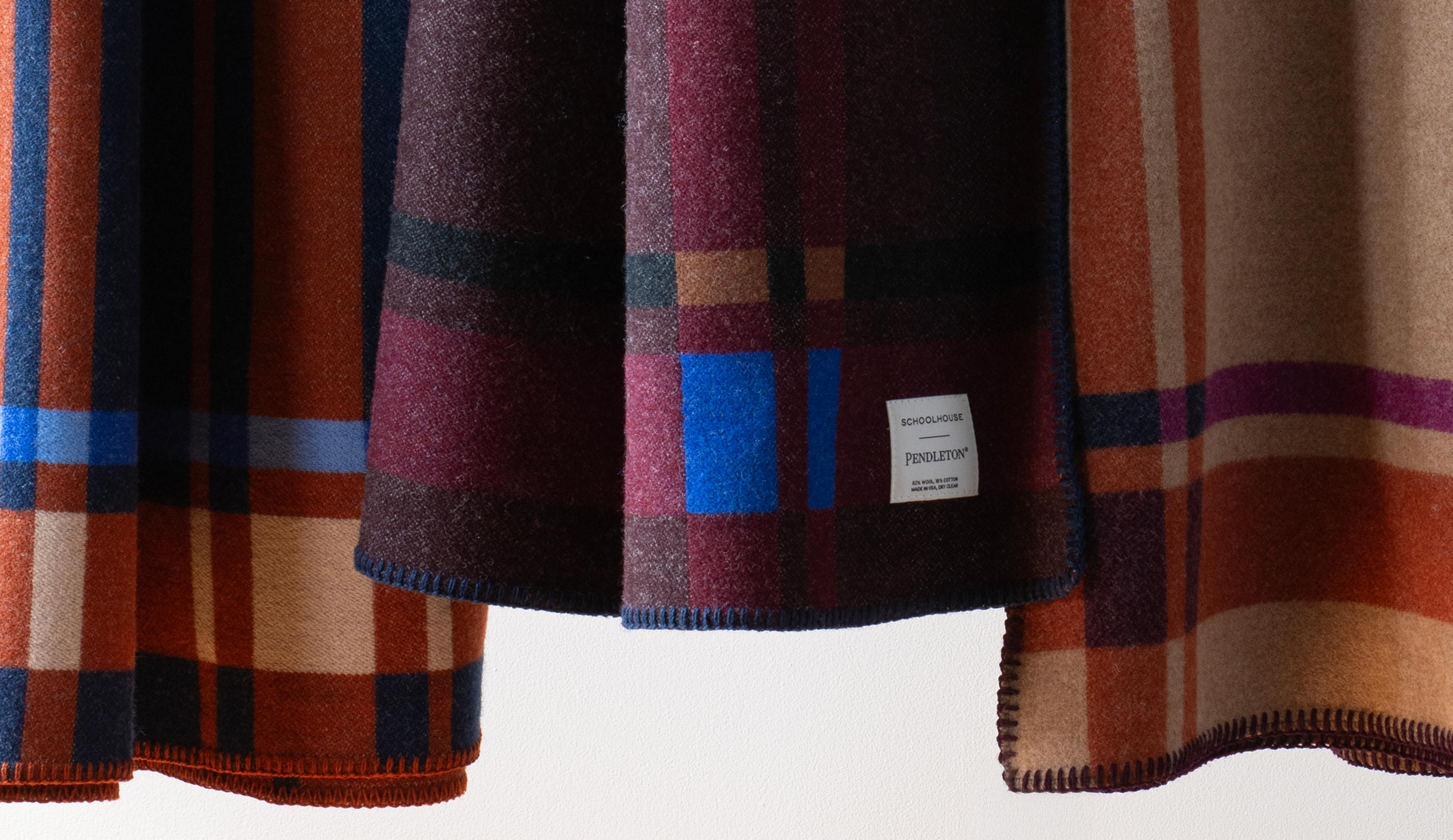
Plaid feels like a design you’ve always known, yet its history is full of surprises. Before plaid became the cozy flannel of Americana, it had already traveled centuries: from Celtic warriors to Chinese weavers. Originally, tartans (plaids with a purpose) identified Scottish families. Fast-forward a few hundred years, and plaid shows up in everything from work shirts to library-inspired interiors. Timeless? Absolutely. Predictable? Never.
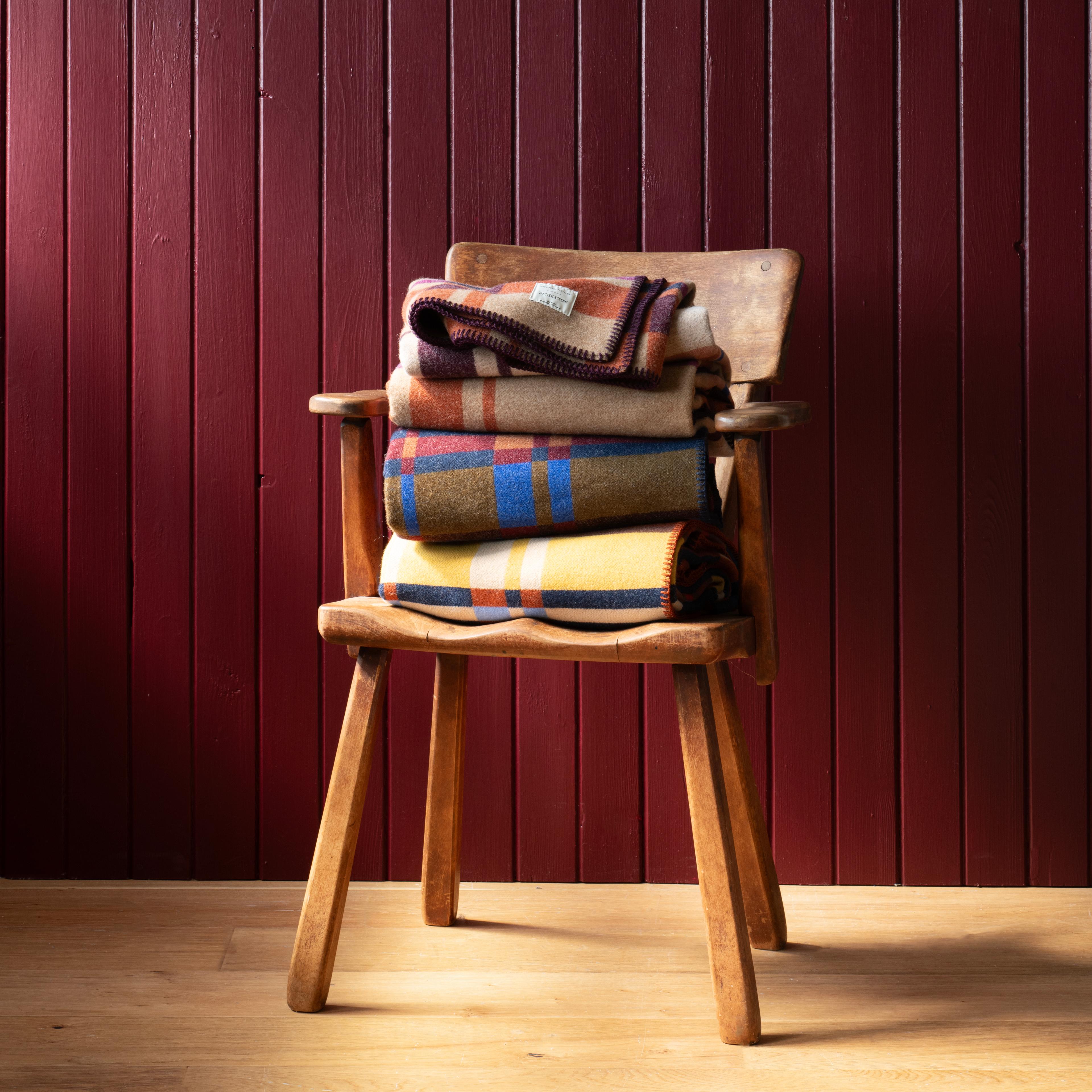
“Plaid fabrics are likely as old as looms are. They have been traced to both ancient Celtic and Chinese cultures,” says Ben, our Associate Textile Designer. What makes plaid endlessly appealing is its built-in versatility. Those intersecting stripes in warp and weft aren’t just functional, they’re a playground for color, scale, and texture. “Plaid is a gridded fabric created using stripe layouts in the warp and weft, and has lots of opportunity for fun color combinations and crossweaves. A plaid fabric can be any scale, depending on the loom specifications,” Ben explains. Big, bold checks make a statement while tiny, subtle grids add quiet sophistication. You can go bright, muted, modern, or vintage.

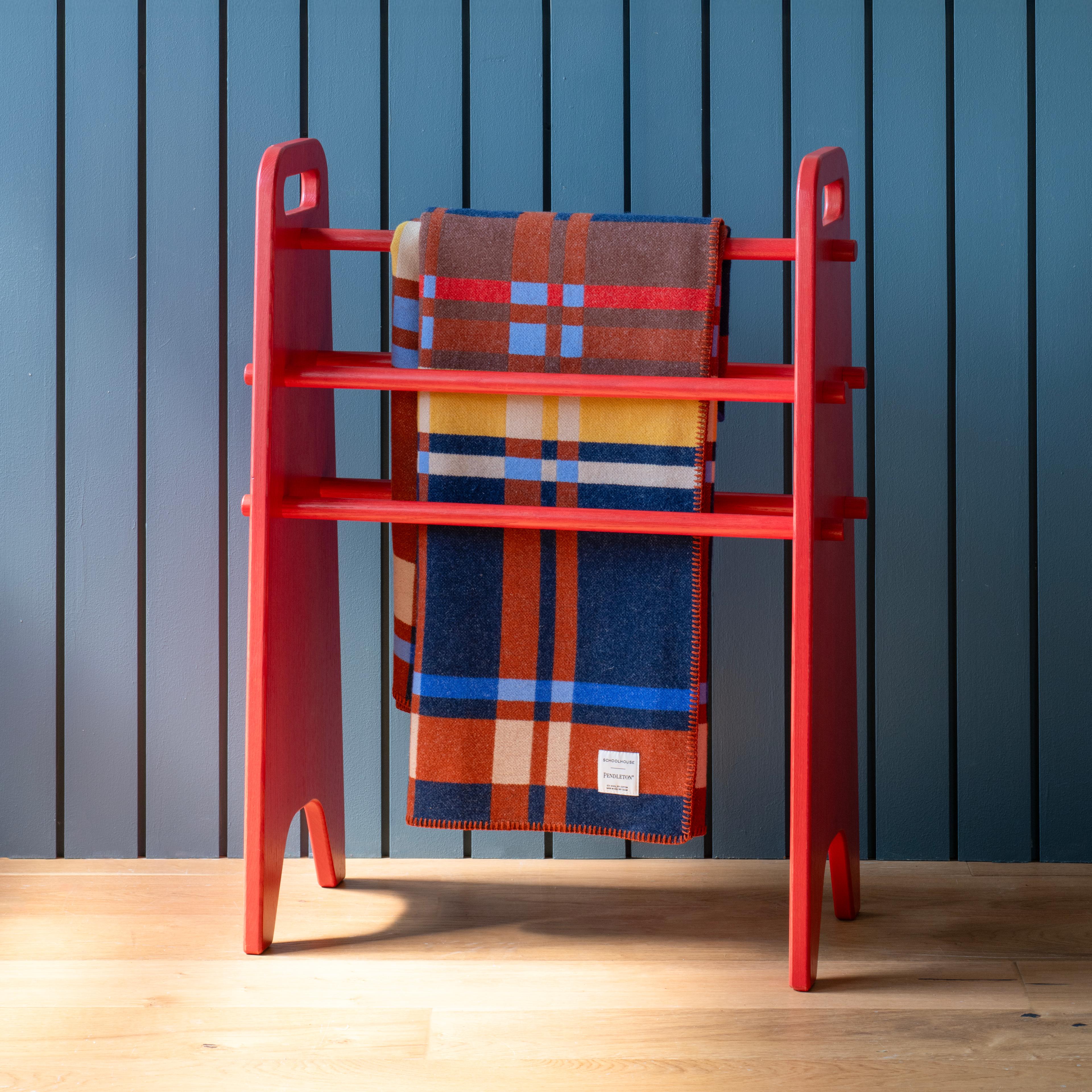
For Fall/Winter 2025, we leaned into that versatility with our take on vintage academia plaids. Picture school uniforms, libraries, and quiet leather-bound corners, but then sprinkle in a little Schoolhouse magic: unexpected oranges, deep blues, muted greens, and pops that make you smile. “We usually make plaids with bright and unexpected color combinations. This allows for a really fun object but without overwhelming a room,” Ben adds. The result is classic, playful, and entirely approachable, a plaid you want to leave out on your sofa and show off.
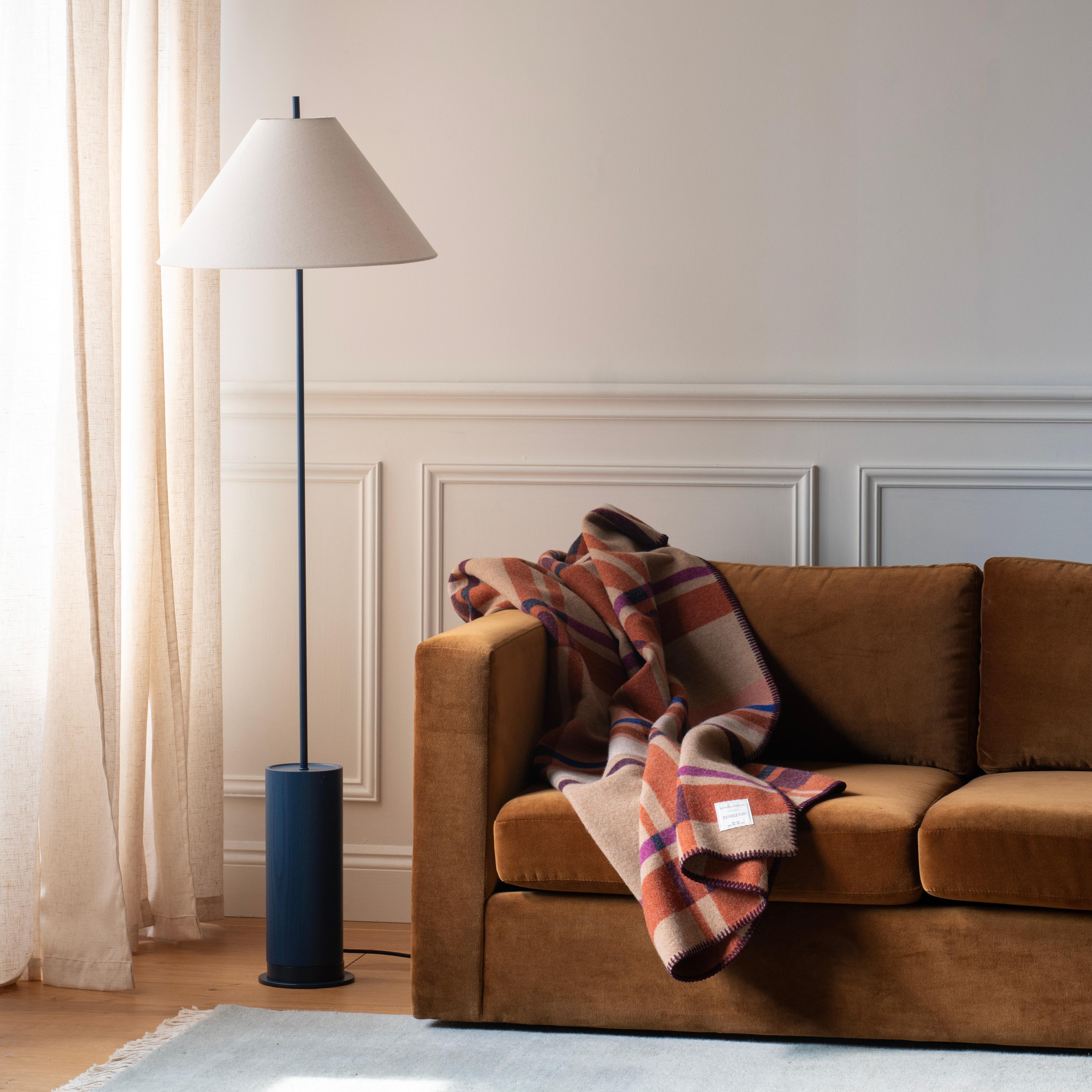
Enter our latest Pendleton collaboration, where craft meets creativity. Their century-plus expertise in weaving let us push the pattern’s boundaries, experimenting with scale, color, and texture. Every throw, blanket, and upholstered piece is tactile, cozy, and made to last. Proof that plaid isn’t just decorative, it’s heirloom material in action.
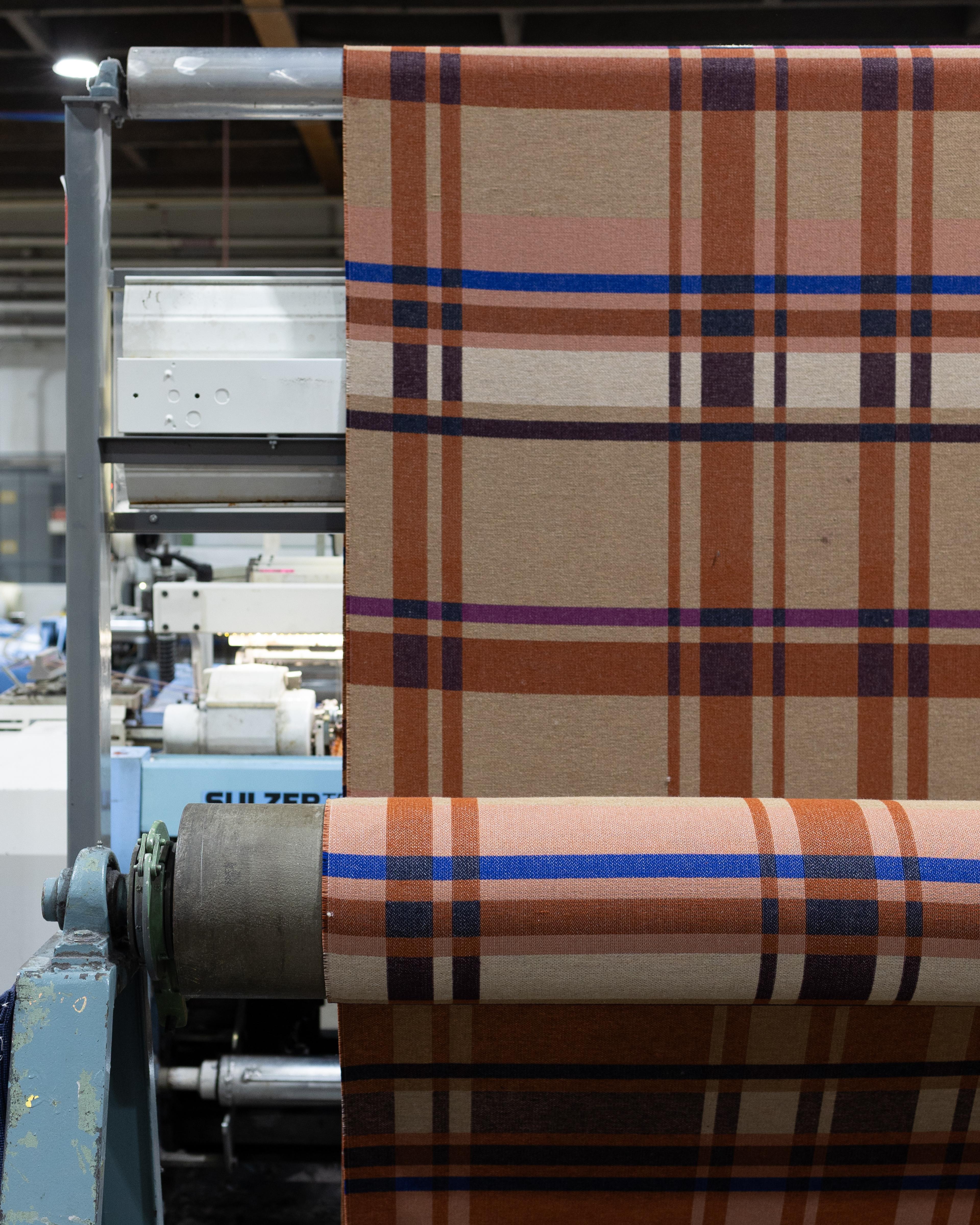
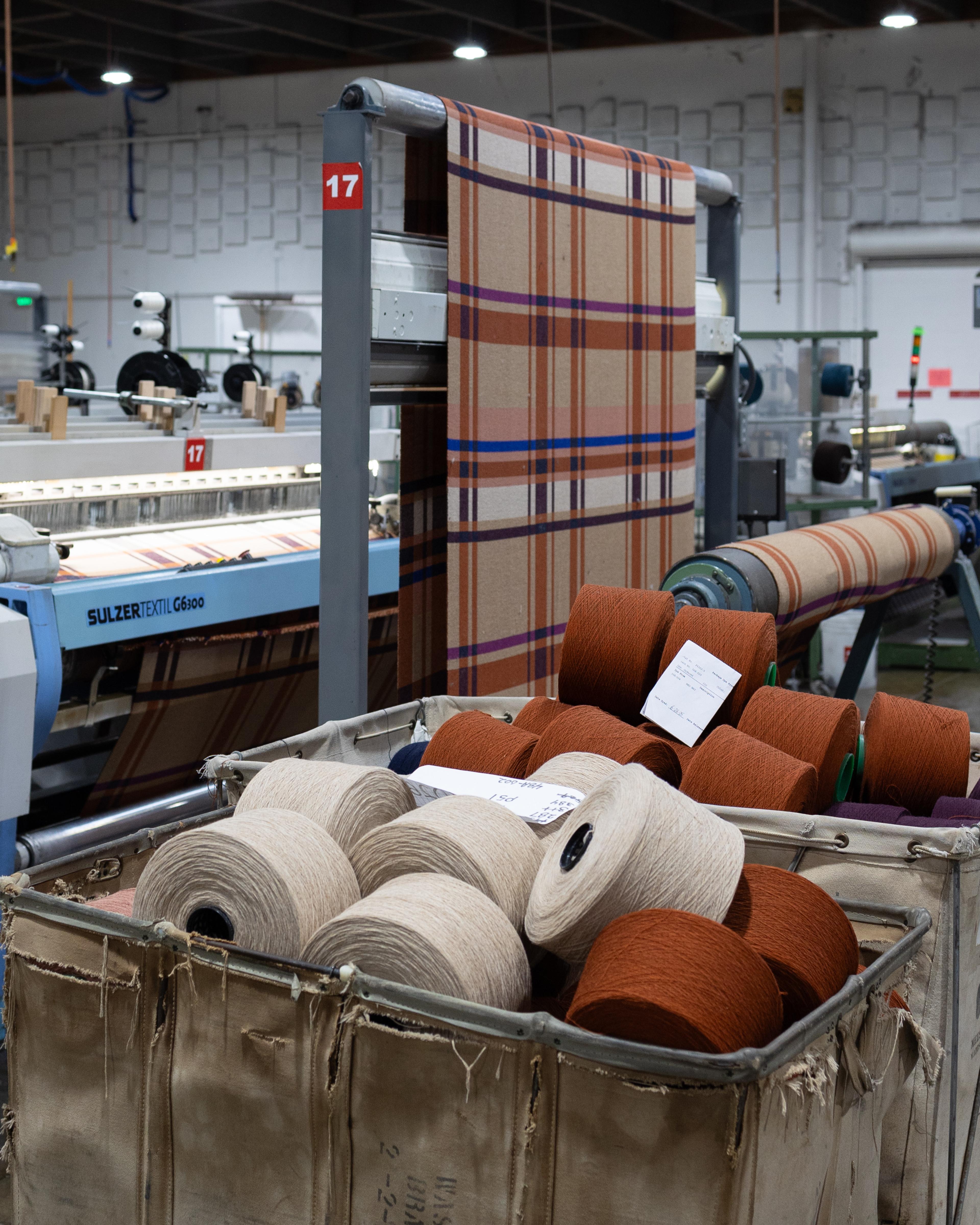
Styling plaid: Let color and material do the heavy lifting. Mix scales, layer patterns, and don’t sweat the matchy-matchy. Big throws anchor the room, smaller pillows nod in rhythm. Pair plaid with natural textures, wood, or metals, and suddenly it doesn’t just fill a space, it elevates it.
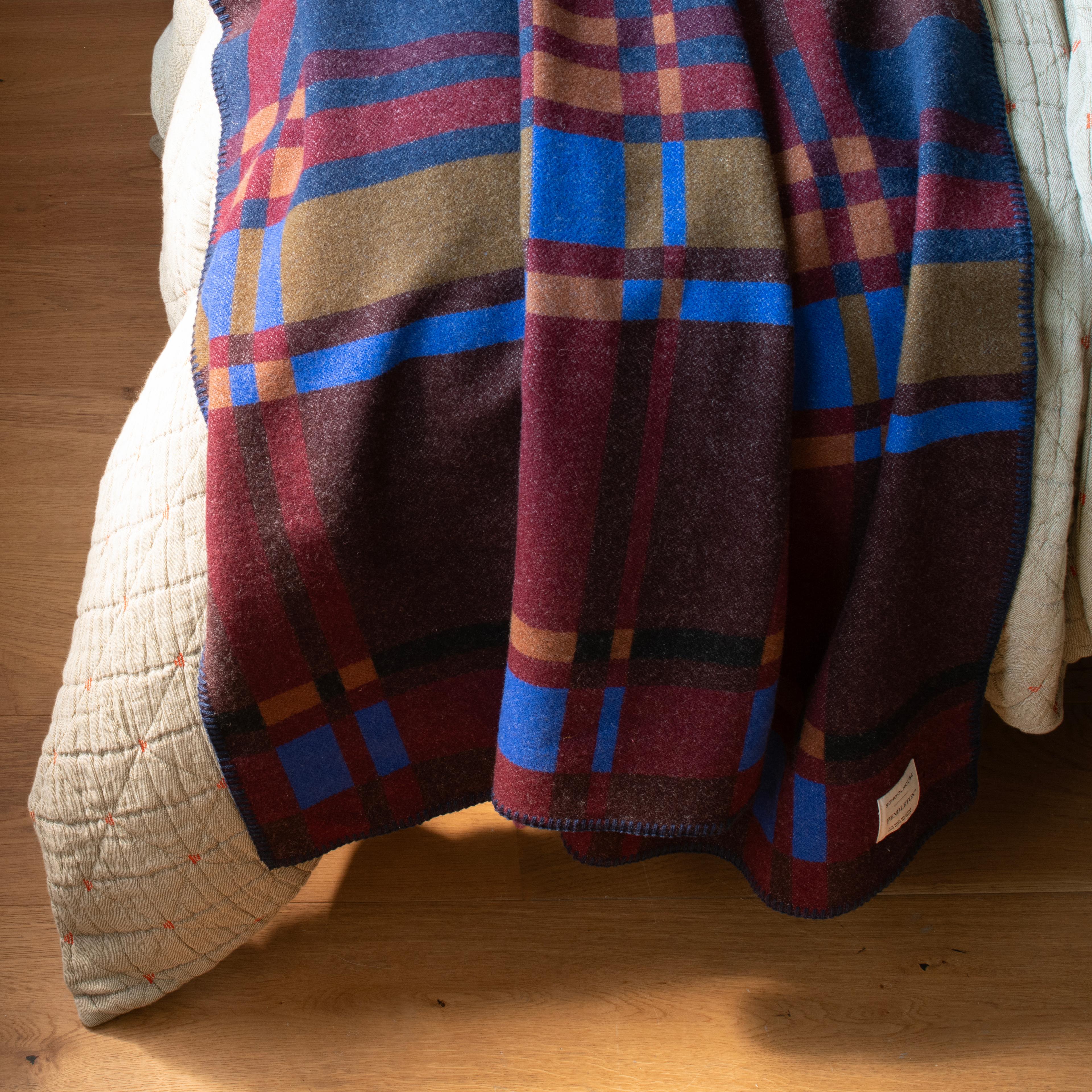
Fun fact: tartan used to mean something very specific. It was originally made to represent a family identity, each pattern, color, and stripe layout telling the story of a particular clan. Today, plaid is a playground, a way to express personality through pattern. From the couch to the closet, it’s proof that something with deep roots can also feel fresh, modern, and extremely charming.
At its best, plaid is history and creativity wrapped into one. It’s cozy, it’s colorful, it’s endlessly versatile, and it’s ready to make a statement in your home: whether you’re layering pillows, draping a blanket, or simply appreciating the way stripes intersect just right.












